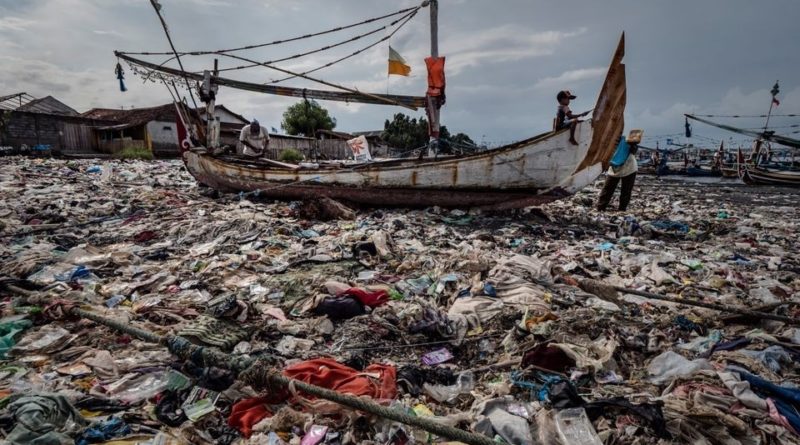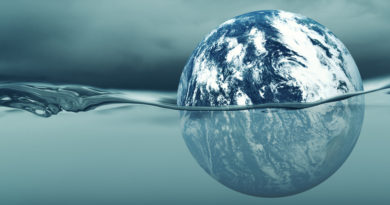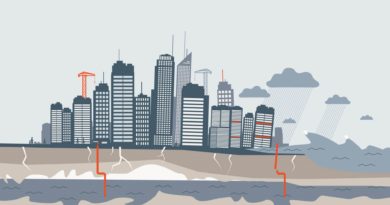Plastic Pollution Is A Global Problem We Can’t Ignore
It’s littering the bottom of the ocean and poisoning animals, plastic waste was truly everywhere in 2019.
It’s nearly impossible to go throughout your day without using plastic.
Plastic face wash and shampoo bottles, toothbrushes, and makeup containers greet us in the morning. Plastic-lined paper coffee cups fuel our work day and plastic forks, knives, spoons and plates greet us at lunch. Plastic packaging is tossed in the bin as we unwrap dinner ingredients and plastic helps us scrub our dishes clean when we’re done.
Plastic makes up the tires of our cars, many of the seats we sit on and vital medical devices we rely on.
More than 90% of plastic isn’t recycled and it’s estimated to take anywhere from 500 to 1,000 years for plastic to break down in landfills. If it isn’t recycled or incinerated, this trash often finds its way into streams, rivers and oceans where animals can’t help but eat plastic, often because it smells like food to them.
And it’s not just causing pollution on the ground; the petroleum-based product is also helping to fuel climate change. According to a report published in May, greenhouse gas emissions from plastics production this year will equal the pollution output of nearly 200 coal-fired power plants with a 500-megawatt capacity.
Plastics are out of control. No matter where you go, nations are overwhelmed by it, as one woman who traveled to every country on earth can testify. From the bottom of the ocean and inside whales to microplastic-laden water and fresh mountain air, here’s where plastic has wound up in 2019.
Smothering Southeast Asia
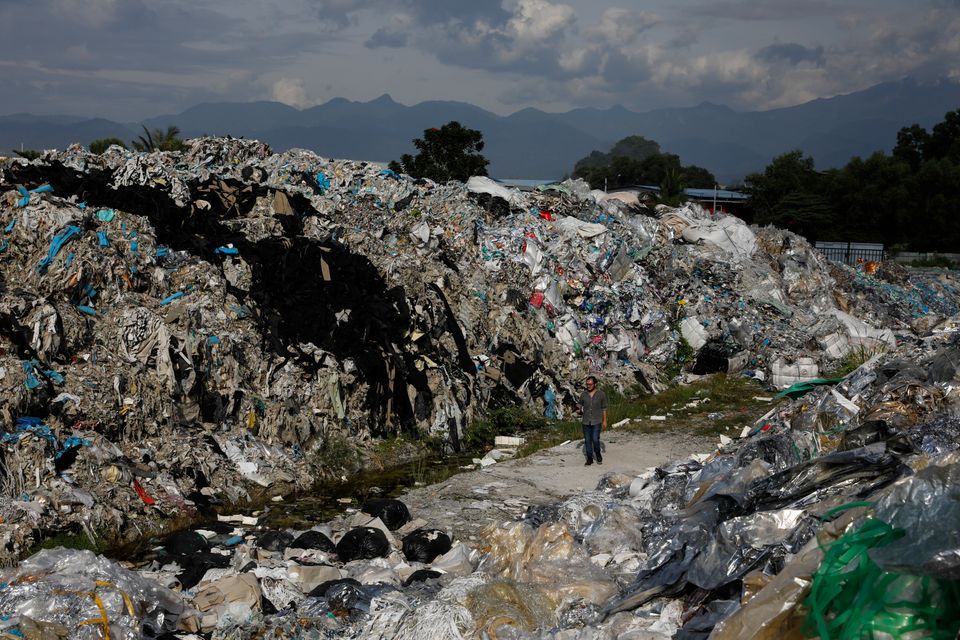
After China ― once the world’s largest importer of recyclables ― enforced its ban on accepting imports of several kinds of scrap plastic in January 2018, countries across southeast Asia have been inundated with foreign waste.
Malaysia has now claimed the title as the world’s biggest importer of plastic waste. Meanwhile a small fishing village in Indonesia can’t escape thick layers, often several feet deep, of plastic lining its beaches.
At The Bottom Of The Ocean

It’s long been known that much of the world’s plastic ends up in our oceans. But new reports this year shed a new light on the scale of what’s happening. According to the World Wildlife Fund, 570,000 tons of plastic enter the Mediterranean each year (equivalent to 33,800 plastic bottles a minute).
A Greenpeace report also found that lost and abandoned fishing gear makes up the majority of large plastic pollution in our oceans.
And in May, an American explorer who dove nearly 7 miles down to the deepest place under the ocean ― the Pacific Ocean’s Mariana Trench ― arrived at the bottom of the seafloor only to find plastic waste, including a plastic bag and candy wrappers.
In Animals

It seems like there’s been a never-ending stream of headlines this year about plastic being discovered inside animals ― often contributing to their death.
In March, a young whale was found with 88 pounds of plastic in its stomach, causing it to dehydrate and starve to death, and this month a young sperm whale was found in Scotland with 220 pounds of trash in its stomach including plastic rope, cups and gloves.
In August, an orphaned dugong (related to the manatee) who stole hearts across the internet died due to an infection exacerbated by bits of plastic lining its stomach. And last month a deer was found dead in Thailand with its belly full of “men’s underwear, plastic bags, instant coffee sachets and parts of plastic rope.”
Baby fish in Hawaii are now outnumbered seven to one by tiny plastic particles which if ingested can hamper their growth, and further north, microplastics were found in the intestines of beluga whales, a staple food source for First Nations communities in Canada.
In Our Food
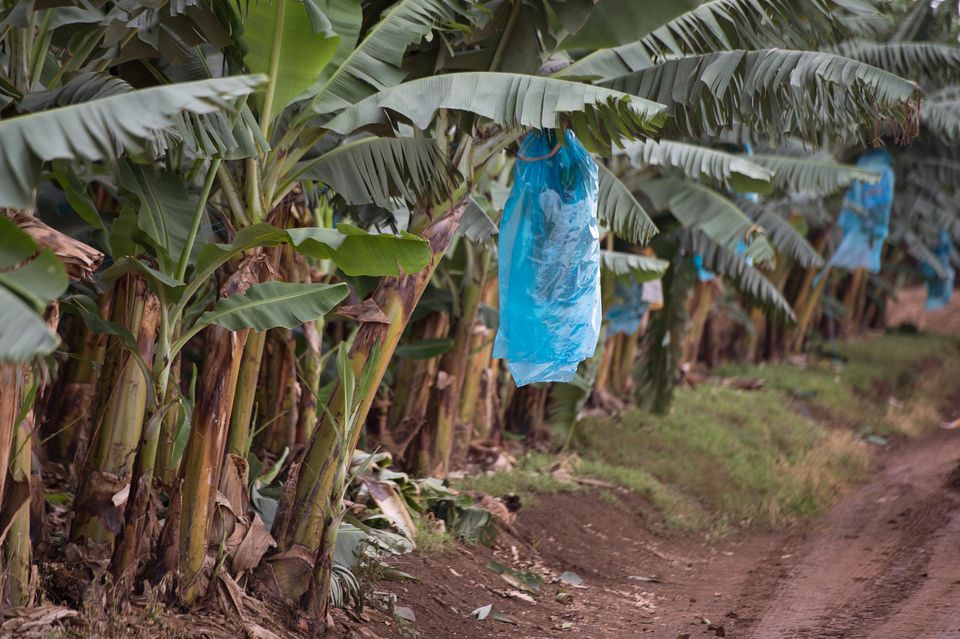
Researchers in a study this year estimated that the average person could be consuming anywhere from 39,000 to 52,000 microplastic particles every year. If you combine this with how much we might be breathing in ― this spring researchers discovered microplastic pollution falling from the air in a remote mountain region in southern France ― that could bring the total to up to 74,000 tiny bits of plastic entering our bodies each year, according to National Geographic.
Plastic is used throughout the entire food chain, from encasing bananas as they grow to prevent disfiguring marks to clear packaging in our stores.
It finds its way into food and drink, According to a recent article by The New York Times, plastic waste shipped from the United States is being used as fuel by tofu makers in Indonesia, leading to deadly chemicals contaminating the food.
Meanwhile, more than 11.6 billion microplastics can be released by a single tea bag when steeped in water brewed at near boiling temperature. And scientists at SUNY Fredonia college found that 90% of bottled water sampled had microplastics floating in it, prompting an investigation by the World Health Organization. More research is needed though, WHO said, to determine the health risks associated with this pollution.
In Remote Deserts
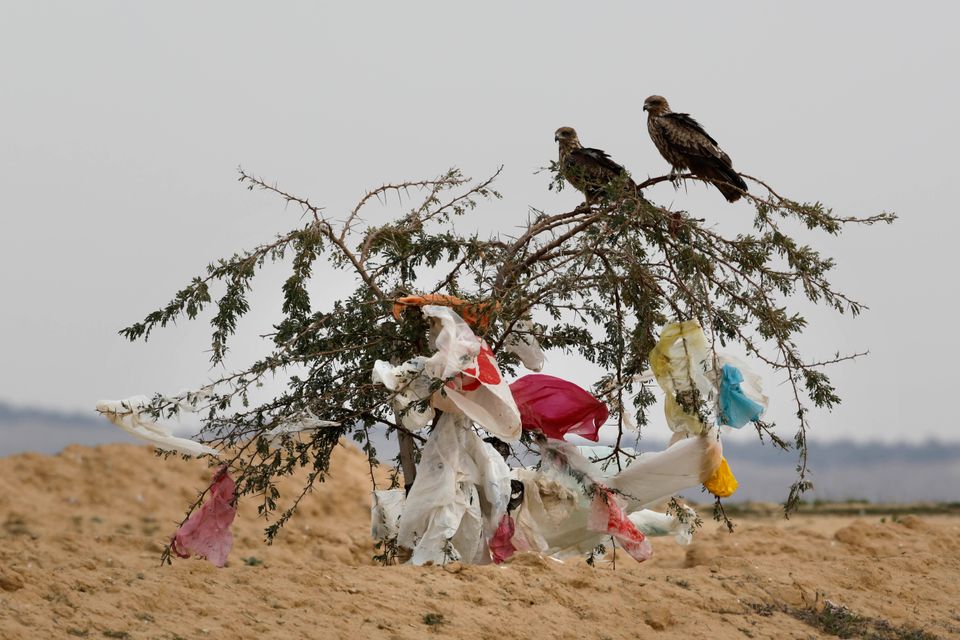
Once pristine and remote places such as the northern coastal desert in La Guajira, Colombia, home to predominantly indigenous communities, or Israel’s Negev desert, are now adorned with plastic bags hanging from trees and cacti.
Disguised As Rock
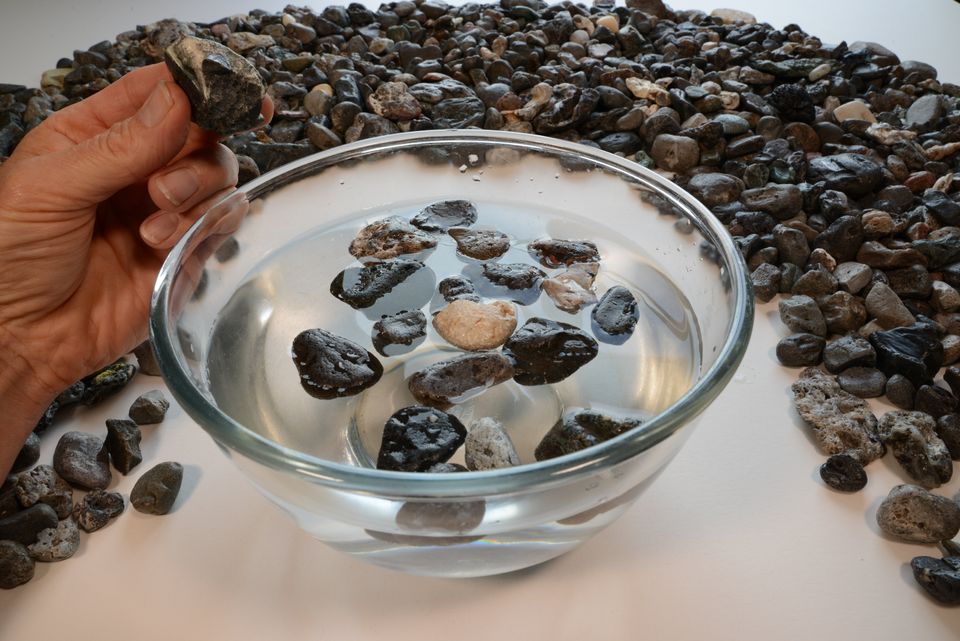
And a newly discovered type of plastic pollution known pyroplastic may be hiding in plain sight around the world. These bits of plastic, transformed somehow by fire, tend to look like pebbles and have been found on beaches dotting England’s coastline.

